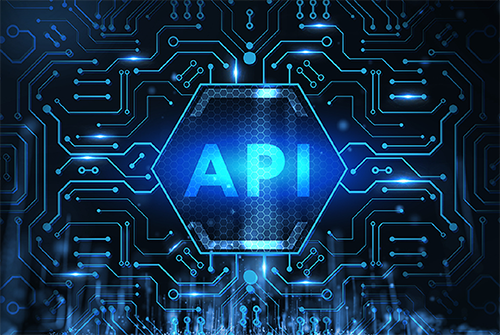Index Surge: Amplifying Your Insights
Stay updated with the latest trends and news across various industries.
API Integration: When Two Become One
Unlock the power of API integration! Discover how seamless connections transform your systems into a unified powerhouse.
Understanding API Integration: How It Transforms Your Business
Understanding API integration is essential for businesses looking to streamline their operations and enhance their services. By connecting different software applications through Application Programming Interfaces (APIs), organizations can automate data exchange and improve efficiency. This integration allows for better collaboration among teams and enables businesses to offer more cohesive and personalized customer experiences. For instance, a retail company can seamlessly integrate its online and in-store systems, ensuring that inventory levels are always up to date, leading to improved customer satisfaction.
Furthermore, API integration opens up numerous opportunities for innovation and growth. Businesses can leverage third-party services with minimal development effort, allowing them to focus on their core competencies. By harnessing the power of APIs, organizations can rapidly deploy new features, enhance existing products, and stay competitive in their industry. Additionally, companies can benefit from accessing vital data analytics via API integrations, leading to informed decision-making and strategic planning. In essence, API integration transforms the way businesses operate, creating an agile environment that adapts to ever-changing market demands.

Common API Integration Challenges and How to Overcome Them
The integration of APIs (Application Programming Interfaces) can significantly enhance a system's functionality, but it often comes with its own set of challenges. One common issue is incompatibility between different APIs, which can arise due to varying data formats or communication protocols. Additionally, security vulnerabilities are a major concern, as APIs often expose sensitive data and may become targets for malicious attacks. To mitigate these challenges, businesses should invest in thorough API documentation, which can help developers understand how to seamlessly integrate with an API while adhering to best security practices.
Another challenge faced during API integration is managing rate limits, which can throttle the availability of the API and overwhelm a system's architecture if not handled correctly. This may lead to degraded performance or even downtime. To overcome this, organizations should implement efficient error handling and backoff strategies to gracefully manage response times. Furthermore, fostering strong communication within development teams and conducting regular API testing can ensure that integration workflows remain efficient and resilient, ultimately enhancing the overall user experience.
What is API Integration and Why is it Essential for Modern Applications?
API Integration refers to the process of connecting two or more applications or systems through their Application Programming Interfaces (APIs). By enabling these interactions, businesses can streamline their operations, enhance functionality, and create a more cohesive user experience. For modern applications, API integration is essential as it allows diverse systems to communicate with each other seamlessly, facilitating data exchange that is crucial for real-time analytics and decision-making. This interconnectivity not only boosts efficiency but also opens up avenues for innovation by allowing developers to leverage third-party services and data.
The significance of API integration in contemporary software development cannot be overstated. First, it helps businesses remain competitive by allowing for rapid deployment of new features and functionalities. Second, it fosters collaboration across different teams and platforms, leading to more comprehensive solutions. Moreover, as enterprises increasingly move towards cloud-based services, having a robust API integration strategy becomes a cornerstone of their digital transformation efforts. In summary, mastering API integration is vital for any organization looking to enhance their technology stack and serve their customers better.